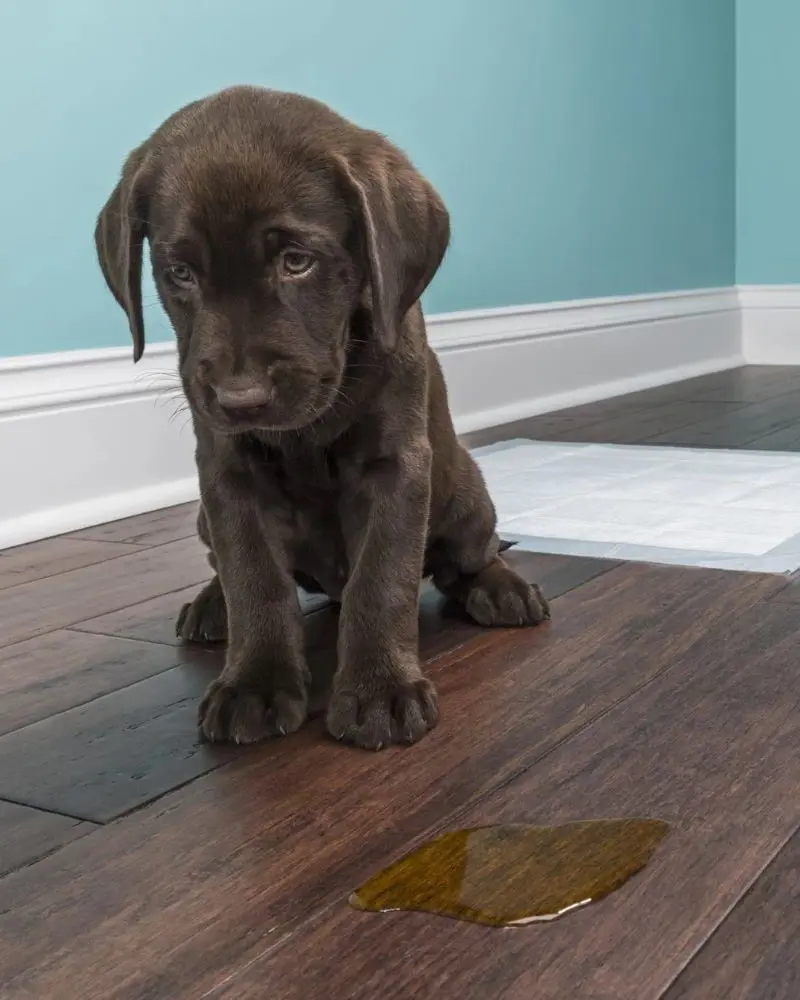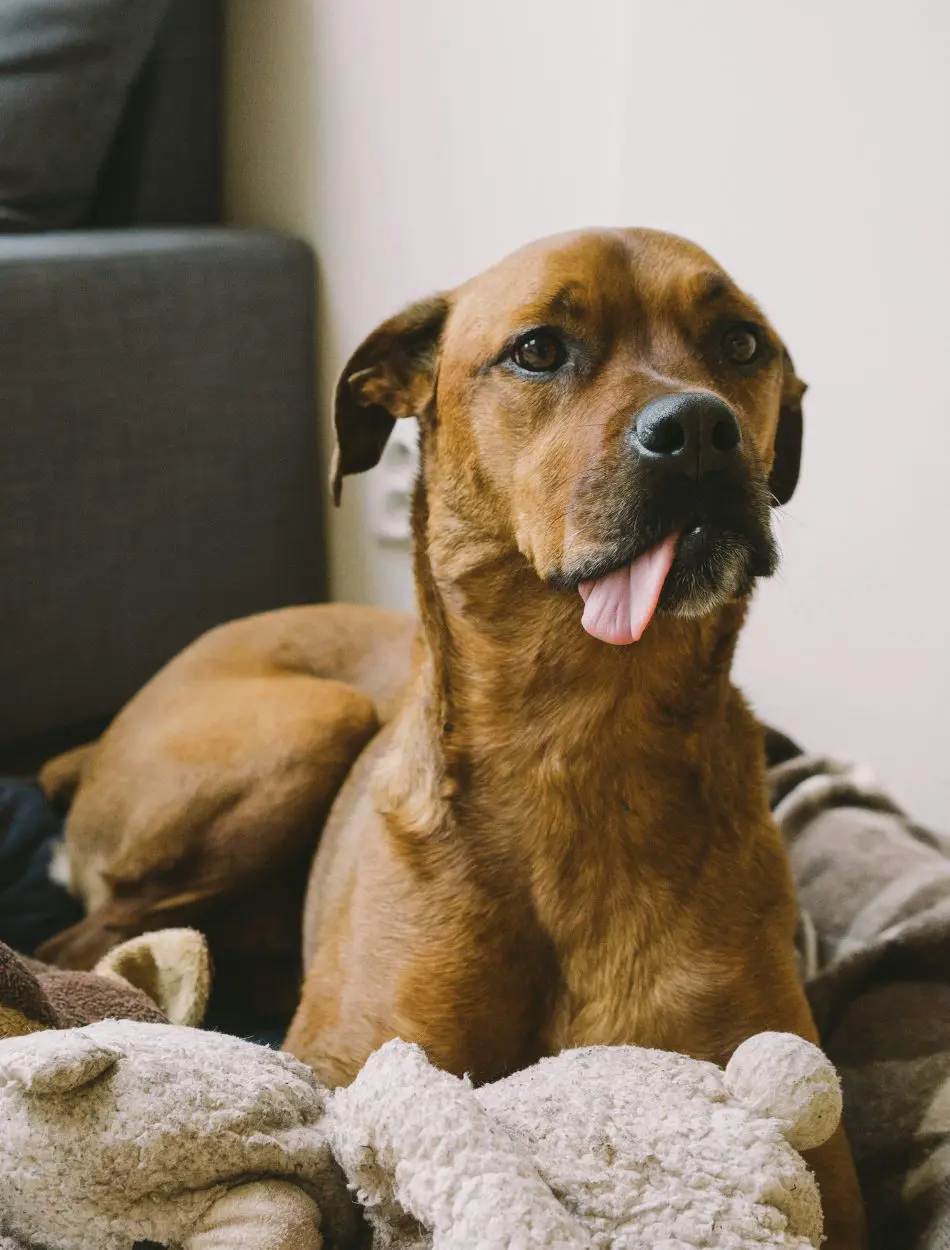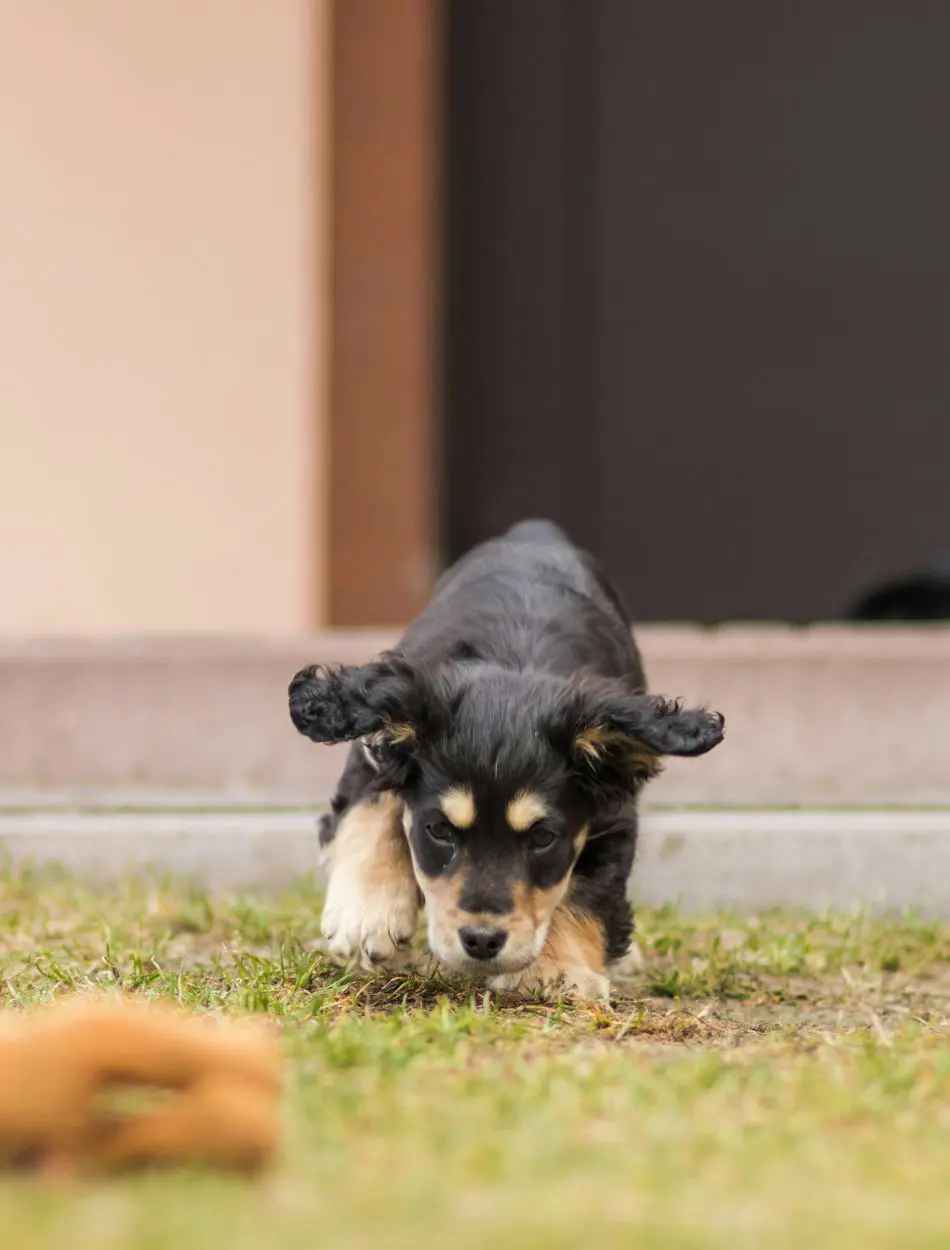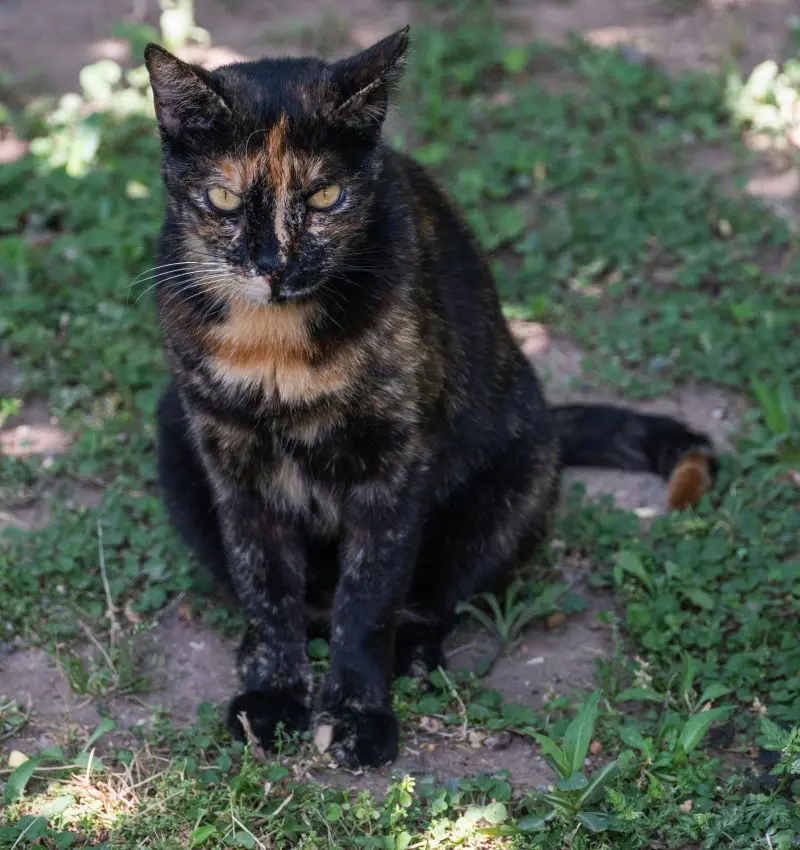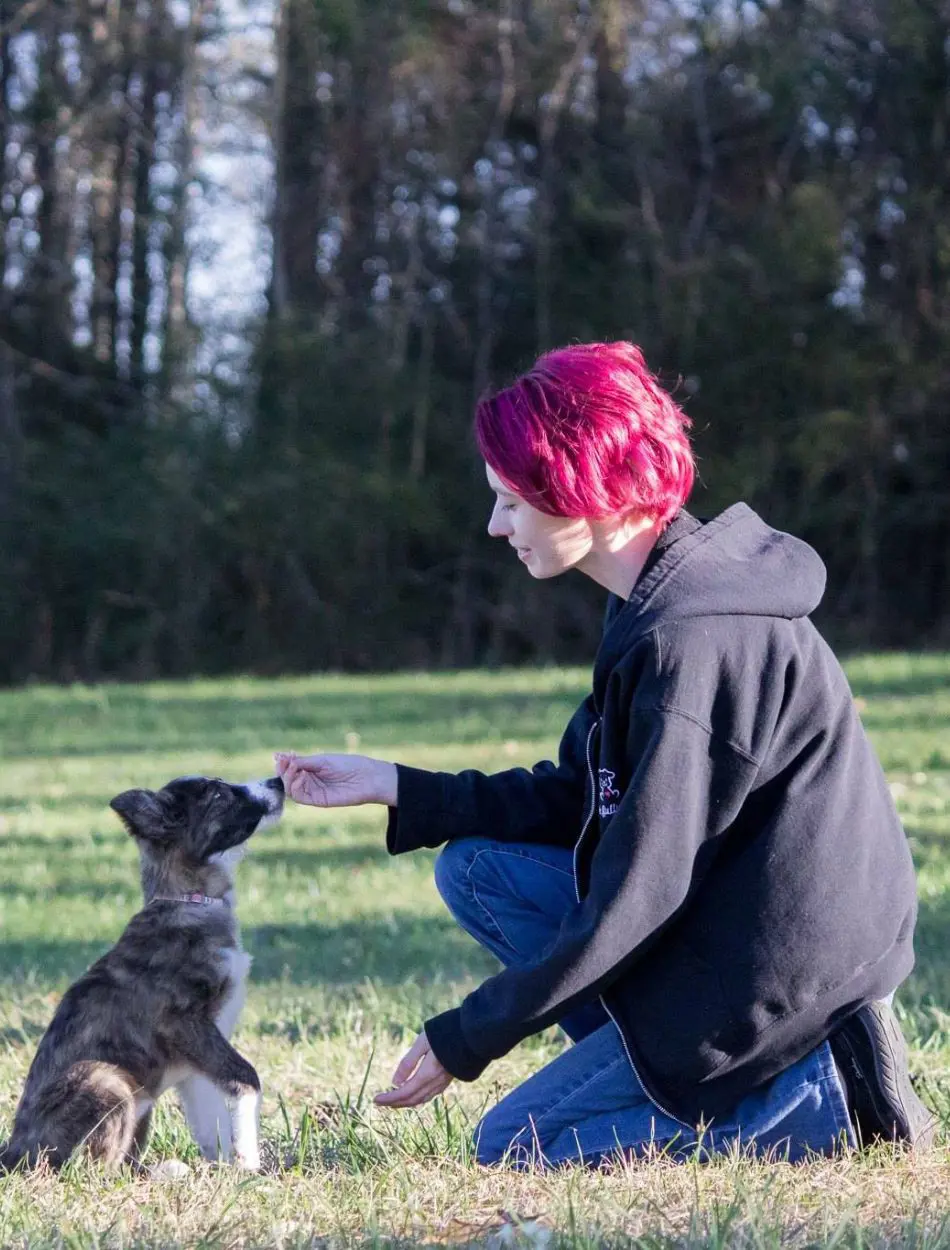18 Causes of Reverse Sneezing in Dogs

Reverse sneezing in dogs is an inhaling event where a dog swiftly gasps air through its nose, producing a sound that looks like a honking or snorting noise. This can be startling because it often sounds like the dog is grappling to breathe, but the condition is commonly wholesome.
During a reverse sneezing episode, the dog will stand still, enlarge its neck, and make a series of speedy, energetic aspirations. This action is different from normal sneezing and usually does not go along with the usual signs of a sneeze, such as the discharge of air or let out from the nose.
1. Allergies
When a dog is exposed to allergens like pollen, dust, mold, or strong scents, these irritants can inflame the nasal passages and throat.
This inflammation can lead to rapid air intake through the nose, constructing the attribute honking or snorting sound related to reverse sneezing. The allergic reaction causes annoyance and enlargement in the upper inhaling tract, making the dog feel like it needs to clear its airways quickly. This response is often worsened by environmental factors such as seasonal changes or exposure to household chemicals.
Dogs with susceptibility might also display other signs like itching, watery eyes, or a runny nose. Managing reverse sternutation set off by allergies involves lowering the dog's exposure to known allergens.
2. Infection
When bacterial and viral contamination annoys the nasal passages and throat, it leads to occurrences of reverse sneezing. If a dog contracts an upper respiratory infection, such as kennel cough, the infection causes puffiness and swelling in the inhaling tract.
This soreness can turmoil normal breathing patterns, persuading the dog to rapidly suck in air through its nose in an strive to clear the displeasure. Infections like hay fever or sinusitis, which involve inflammation of the nasal passages or sinuses, can also trigger reverse sneezing. The body's response to these microbes often includes intensifying mucus production and irritation, which can worsen the reverse sneezing reflex.
Addressing the infection can help relieve reverse sneezing and improve the dog's general comfort and health.
3. Excitement
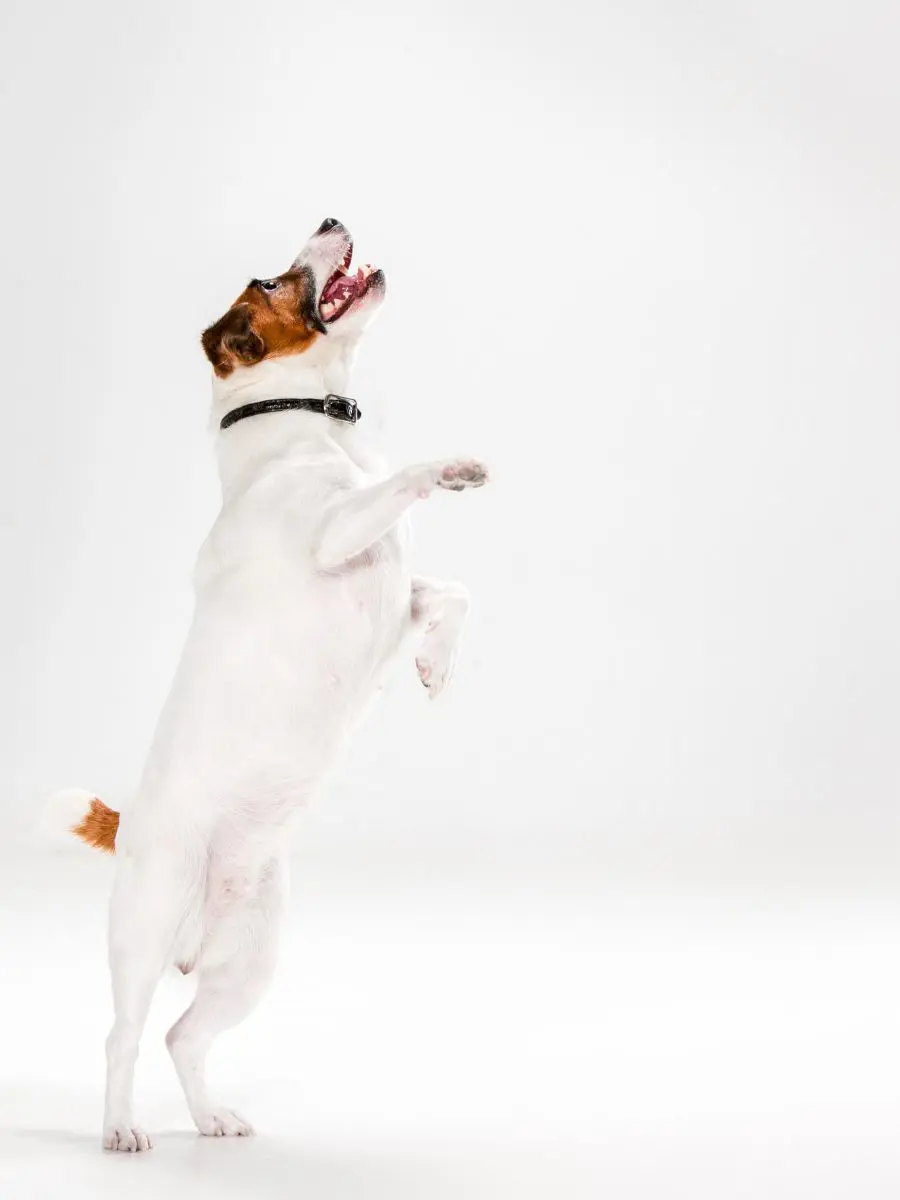
Exhilaration is an ordinary trigger for reverse sneezing in dogs. When a dog becomes overly excited, whether during playtime when greeting people, or during other restorative activities, the body's emotional reaction can include rapid and simplistic breathing.
During periods of delirium, the dog may draw rapidly and forcefully through the nose, which can bother the upper respiratory tract and lead to the distinctive honking or snorting sound of reverse sneezing. The dog's excitement can increase airflow through the nasal passages, possibly exacerbating the displeasing and persuasion of these incidents.
While reverse sneezing due to excitement is mostly innocuous, if it becomes frequent or severe, consulting a veterinarian is preferable to rule out other possible health issues.
4. Anatomical Abnormalities
Anatomical malformation can lead to reverse sneezing in dogs by disturbing normal airflow and causing irritation in the upper respiratory tract. Their compressed nasal passages and elongated soft palates can obstruct airflow and lead to reverse sneezing.
Abnormal airway structures can cause fragmentary blockages and increased opposition to airflow. This can result in speedy, forceful breathing in of air that specifies reverse sneezing. Other anatomical issues, such as a distressed diaphragm or elongated soft palate, can also cause this condition by infuriating the nasal transit and throat.
If a dog with anatomical deformity is frequently acquainted with reverse sneezing, it’s essential to seek advice veterinarian. The vet can assess the dog's respiratory tract, identify any systemic issues, and approve suitable treatments or surgical interventions.
5. Eating
Undeniable foods or treats might cause a sensitized reaction or introduce annoyance that leads to reverse sneezing. For instance, spicy, overly rich, or strange foods can cause twinge and impatience in the upper respiratory tract.
Besides, if a dog eats too speedily, it might gulp air along with its food, which can inflame the irritation and lead to reverse sneezing. This quick intake of air can increase the probability of a reverse sneezing experience as the body strives to clear the airway of any irritants or excess air. Dogs with pre-existing reactivity or allergies might be more liable to reverse sneezing triggered by certain food components.
Even a small fleck of food or treats stuck in the throat can irritate and bring about a reverse sneezing episode. To alleviate these issues, feeding your dog smaller, more persistent meals can help prevent rapid eating and lower the risk of irritation.
6. Drinking

Swiftly drinking can cause a dog to snort air along with the water, which may bother the windpipe and nasal transit. This displeasure can lead to lively, forceful inhalation correlated with reverse sneezing as the dog tries to reduce the twinge.
Drinking cold water or water that is moderately combined or contains irritants may also come with throat crossness, probably causing reverse sneezing adventure. In some cases, drinking too speedily may lead to an outrage of irritation or hindrance in the airway, encouraging the dog to reverse sneeze to clear the nasal movement.
Consulting a veterinarian can help determine if there are underlying issues and provide suitable operating procedures. Observing your dog’s drinking habits and ensuring the water is clean and at a pleasant temperature can also help.
7. Pollen
Just like humans, dogs can be sensitized to various types of pollen from grasses, trees, and weeds. When dogs suck on dust particles, it can anger the edges of their nasal passing and throat, foremost to an allergic response.
Pollen can cause stinging and vexation in the upper inhaling area. When pollen flecks settle in the nasal passages, they can cause sneezing and, in some cases, reverse sneezing as the dog's body attempts to expel the irritants. Pollen can lead to an increase in mucus production. The mucus can drip down the back of the throat, causing exasperation and activating a reverse sneeze as the dog tries to clear the snot from the throat.
While reverse sneezing can be frightening, it is commonly harmless and self-limiting. Nevertheless, if it becomes repeated or severe, it’s best to consult with a veterinarian to rule out other primary issues or to manage allergies successfully.
8. An Elongated Soft Palate
A widened soft palate is a frequent cause of sneezing in dogs. The soft palate is the chubby, malleable part at the back of the roof of the mouth, this condition can cause disconnection of the airway and infuriation in the throat.
When a dog with a lengthened soft palate becomes elevated, drinks or eats too rapidly, or breathes in irritants, the extra tissue in the soft palate can hover and block the airway relatively. This partial impede activates the reflex known as overturn sneezing, where the dog briskly pulls air into their nose to clear the hinder and relieve the infuriation.
Surgical rectifying of the broad soft palate may be advocated to prevent future breathing struggles and lower reverse sneezing episodes.
9. Nasal Inflammation
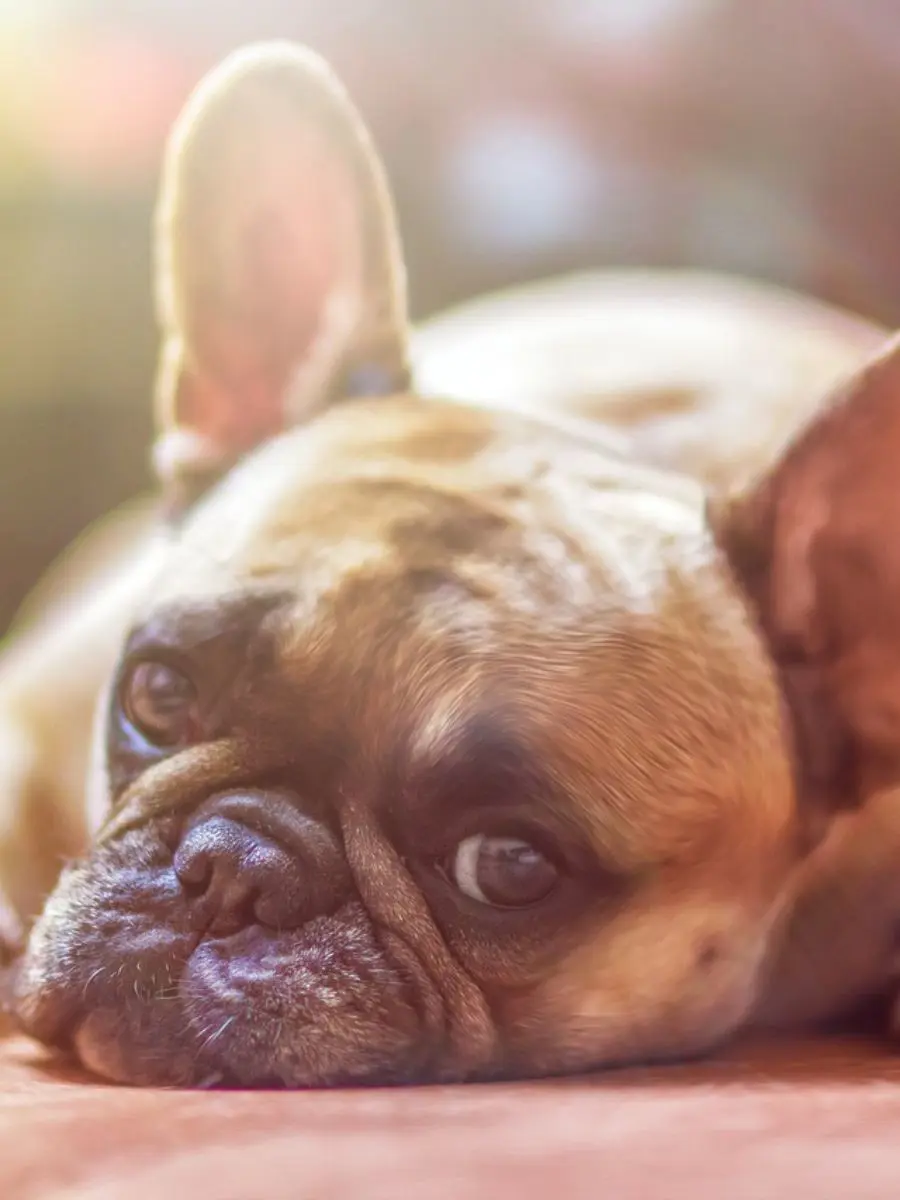
Nasal swelling demands exasperation, and the prominence of the tissues wrinkles the nasal progress, which can occur due to numerous reasons, such as infections, allergies, or exposure to environmental irritants. Likewise, respiratory contamination caused by viruses or bacteria can lead to rhinitis, and activate an inciting response in the nasal tissues.
Moreover, environmental factors like smoking, strong perfumes, or harsh cleaning agents can bother the nasal stuffing and cause stinging, supreme to set aside sneezing. Dogs with coryza may reveal indications such as sneezing, nasal dispensing, and repeated incidents of overthrow, sneezing as the body strives to expel the torment or surplus mucus.
Nasal soreness is generally gentle, but resolute or severe cases authorization for veterinary appraisal to determine the underlying cause.
10. Nasal Mites
Tiny moochers most often settle in a dog's nasal progress and sinuses, creating infuriation and tenderness. Dogs can go along nasal mites across close contact with other dogs, mainly in surroundings like kennels, dog parks, or grooming potential where mites can easily convey.
Once inside the nasal transit, nasal mites can cause extreme itching, soreness, and irritation of the nasal fringe. The appearance of these parasites activates the dog’s body to acknowledge by reverse sneezing in an automatic action where the dog forcibly inhales to clear irritants from the nasal passages.
This snorting or honking sound is the dog's attempt to dismiss the mites and lighten discomfort. Nasal mites are highly infuriating and can lead to persistent signs and veterinary intervention is necessary.
11. Overexcitement
When a dog is excessively elevated, whether due to playing, greeting their owner, or coming across new stimuli, they may be involved in rapid and simplistic breathing. This can cause the soft palate, a fleshy part of the mouth's roof, to become annoying or for the moment cut off the airway.
During agitation, quick aspiration can cause the soft palate to agitate and tremble, triggering an overturned sneezing incident. Overriding sneezing is an impulsive action where a dog rapidly pulls air into the nose to clear the irritation. This results in a characteristic snorting or honking sound that can be alarming to dog owners.
To help reduce the frequency of these quickly, it is helpful to keep the dog quiet and decrease situations that may cause extreme anticipation.
12. Foreign Bodies
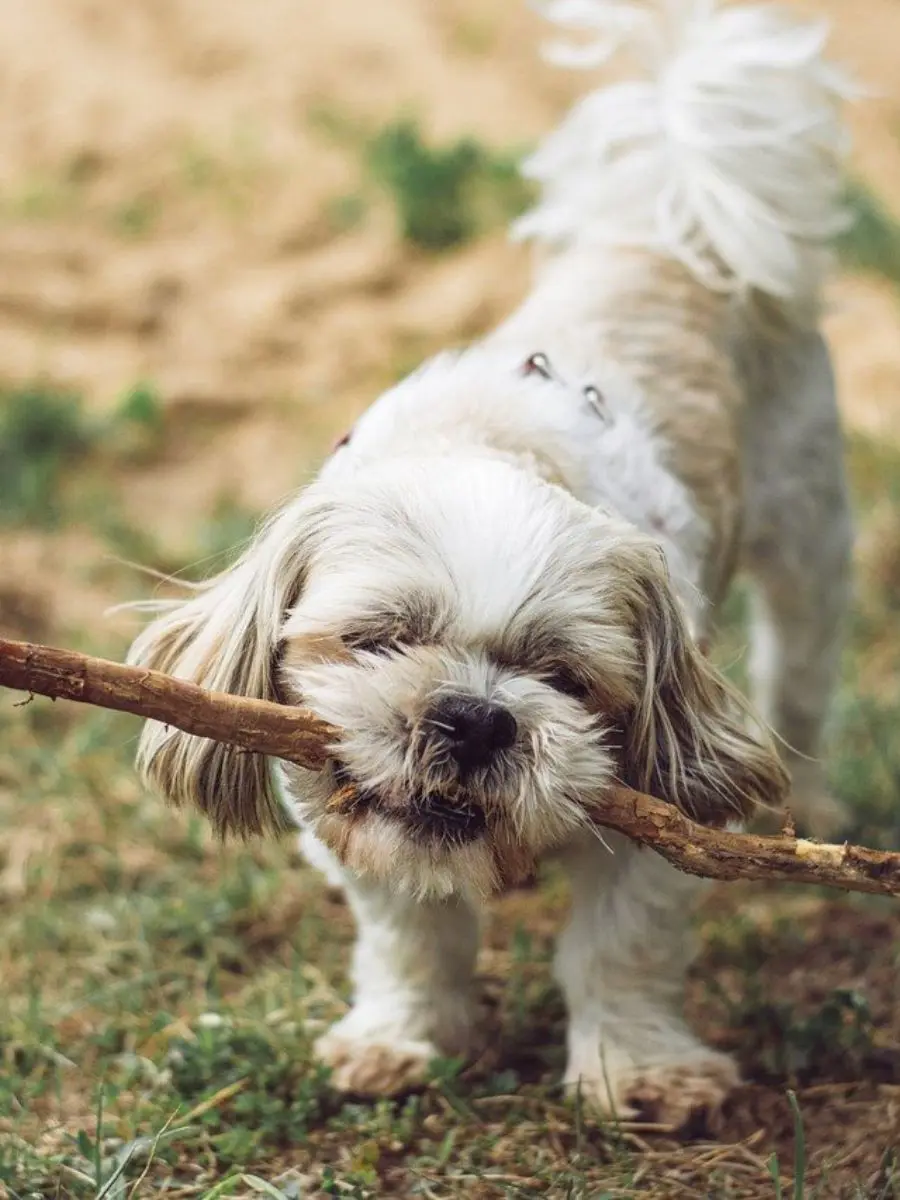
Foreign bodies in muffled movements are a familiar source of reverse sneezing in dogs. These foreign bodies can include grass seeds, small sticks, bits of food, or other debris that a dog might inhale while snuffling around.
When a foreign object is lodged in a dog’s indistinct crossing or throat, it can cause notable vexation and ache. The existence of a foreign body restorative is reactive to the edge of the slurred transit and throat, leading to pain and impatience. This ill humor triggers the reverse sneezing reflex, a sudden, dynamic intake through the nose that is outlined to displace and expel the displeasure object.
The distinctive smirking or honking noise that occurs during reverse sneezing is a direct result of this attempt to clear the nasal passages. If a foreign body has a hunch and the reverse sneezing does not resolve quickly, it is foremost to consult a veterinarian.
13. Dental Disease
Oral disease, peculiarly contamination or ulceration in the upper teeth, can be a less evident but noteworthy cause of reverse sneezing in dogs. The roots of a dog's upper teeth, mostly the premolars and molars, are located very close to the nasal passages.
When a dog matures, dental diseases, such as periodontal disease, tooth papule, or severe tooth decay, the infestation can extend or cause soreness in the surrounding areas, including the nasal passages. An abscess in the upper teeth can lead to the emergence of a fistula, a small channel that connects the oral cavity to the nasal passages. This relationship allows bacteria, pus, and other contagious materials to enter the nasal passages, causing stinging and irritation.
The presence of this annoyance can trigger reverse sneezing as the dog's body strives to clear the nasal passages.
14. Dry Air
When the air is dry, it deficient adequate wetness to keep a dog’s nasal passages sufficiently humidified. This can cause the intricate tissues lining the nose and throat to become dry and irritated.
Exasperated nasal passages can set off an automatic response in dogs known as reverse sneezing. This is distinguished by rapid aspiration through the nose, which makes a snorting or honking sound as the dog tries to clear the irritation from its airways. Dry air inflames the state by causing the nasal laminate to become more sensitive, leading to more rapid and protracted incidents of reverse sneezing.
Besides reverse sneezing, dogs in dry environments may show other signs of aches and pain, such as a dry nose, itchy skin, and increased thirst.
15. Chemicals And Cleaning Products

Many household cleaners, sterilized, and air fresheners contain strong compounds or aromas that can bother a dog’s sensitive nasal passages. When a dog breathes in these fumes, they can cause soreness and infuriation of the nasal lining.
This displeasure often activates an instinctive response known as reverse sneezing. During reverse sneezing, the dog swiftly inhales through the nose and puts together a sniffing or honking sound. This is the dog's way of seeking to clear the pinprick from its nasal passages and reduce uneasiness. Usual substances and cleaning products that may cause reverse sneezing include decolour, ammonia, strong cleansers, and aerosol sprays.
Reduce the risk of reverse sneezing to ensure proper ventilation when using strong cleaners, and avoid uncovering your dog with fumes from these products.
16. Temperature Changes
Unforeseen temperature changes distinctly convert from cozy to cold environments and can produce reverse sneezing in dogs. Adenoidal passages are responsive to temperature variation, and immediate shifts can cause infuriation and puffiness of the nasal lining.
When a dog moves from a warm indoor surrounding to a cold exterior position, or vice versa, the speedy temperature change can pressure the exquisite tissues in the nose and throat. This stress can lead to the dog encountering reverse sneezing, an automatic action distinguished by lively, assertive aspiration through the nose, often along with a snuffing or honking sound. The body commences this reaction to clear the bother or discomfort caused by the temperature change.
Try to keep away from revealing your dog's extreme temperature shifts and make sure they are cautiously acclimated to changes in their environment.
17. Physical Exercise
In the course of physical activity, a dog’s respiration rate increases remarkably to meet the enlarged oxygen demands. This pressure breathing can cause the soft palate, which is the chubby part at the back of the roof of the mouth, to tremble or become irritated.
Reverse sneezing is identified by unexpected, dynamic inhalation along the nose, frequently put together by a snorting or barking sound. It is the dog's way of trying to clear the exasperation from its nasal passages. In some cases, increased breezes during exercise can inflame pre-existing conditions, such as nasal tenderness or reactivity, making the dog more vulnerable to reverse sneezing.
To supervise this, make certain your dog warms up and cools down cautiously, and try to circumvent difficult exercise in environments with high levels of irritants.
18. Breed Predisposition
Round-headed breeds, such as Bulldogs, Pugs, and French Bulldogs, are exceptionally disposed to reverse sneezing due to their eccentric anatomical formation. These breeds have condensed skulls and flat faces, which result in a flattened nasal passage and enlarged soft palate.
The abbreviated nasal passages in broad-headed breeds can lead to reduced airflow and growing reactivity to irritants. When these dogs are acquainted with speedy breathing, such as through anticipation or exercise, their already compromised airways can become further irritated. The broadened soft palate can relatively obstruct the airway, causing vibrations or hovering that lead to reverse sneezing.
It is pivotal to reduce exposure to known irritants and direct their overall respiratory health.
Recent posts
Dogs
Why Do Dogs Pee In The House?
Uncontrolled peeing inside the house is usually perceived as a sign of a poorly-disciplined dog. However, it may not always be true as the canine could be suffering from a medical issue or cognitive decline. And, getting made is not the solution as y...
Dog Sleeping Positions And Their Meanings
The diverse sleeping dog positions of our furry companions unveil a fascinating tapestry of behaviors and emotions in the canine realm. From the classic Curler to the enigmatic Superman, each posture conveys a unique message about a dog's well-being ...
Dog In Heat: When It Happens And How Long Does It Last
A female dog will get to the phase of reproduction known as the heat cycle if she has not been spayed. If you have an unspayed female dog, it's vital to understand the stages of her heat cycle. During heat, a canine's conduct may additionally c...
15 Causes of Dog Losing Hair
Occasional hair loss and shedding is a natural physical process in dogs. Seasonal shedding helps remove dead and excessive hair from their body. But, when a dog starts losing excessive hair, it can be a terrifying sight for pet owners. Often, dog par...
18 Signs A Dog is Dying
Recognizing the signs that a dog is dying can be heartbreaking, but it's far more essential to offer comfort in their final days. The signs consist of changes in behavior and constant hunger indicating that it may be time to say good-bye. Owners who...
15 Reasons Why Dogs Eat Poop And How To Stop It
Dogs sometimes engage in odd and unhealthy behaviors, along with ingesting their poop or that of different animals. This habit may be concerning and disgusting for any pup owners. This habit has many motives, however, the secret is locating eff...
